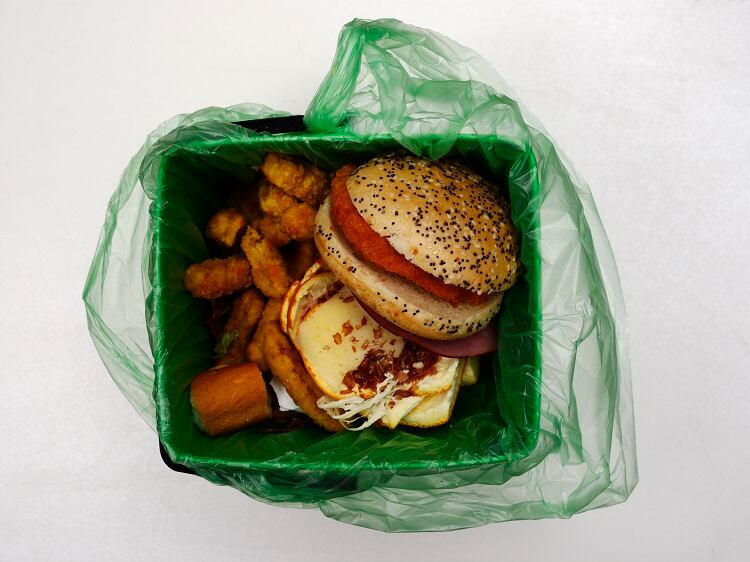Food waste is bad news for food security, the global economy, and the environment.
In the EU, nearly 59m tonnes of food waste (equating to 131kg per inhabitant) is generated every year, representing an estimated loss of €132m. At the same time, some 32.6m people cannot afford a ‘quality’ meal every second day.
Food waste accounts for 252m tonnes of CO2 equivalents, or around 16% of total greenhouse gas (GHG) emissions from the EU food system. And if food waste were a Member State, it would be the fifth largest emitter of GHG emissions.
The European Commission therefore considers fighting food waste a ‘triple win’: it saves food for human consumption and thereby contributes to food security; it helps companies and consumers to save money; and it lowers the environmental impact of food production and consumption.
Having committed to halving per capita food waste at the retail and consumer level by 2030 and reduce food losses along the food production and supply chains, the Commission is now working to accelerate progress by proposing legally binding food waste targets.
What do the new targets mean for Member States and their inhabitants?
If adopted, Member States will be required to reduce food waste by 10% in processing and manufacturing, and by 30% (per capita), jointly at retail and consumption (restaurants, food services and households).
In developing countries, most food waste occurs in the home. Eurostat estimates that across the EU, 53% of food waste generated arises in households, 7% at wholesale and retail, and 9% in restaurants and food services.
Other sectors contributing to food waste in the EU are primary production (11%) and food processing and manufacturing (20%).
These statistics will serve as a baseline to assess progress of the proposed law and by the end of 2027 there will be the possibility to ‘correct course’ if evidence suggests the EU can contribute even more towards the global ambition.

As to how Member States can make more progress, the Commission wants to provide impetus for each country take ‘ambitious’ actions and to support behavioural change as well as strengthen collaboration between actors across the food value chain.
From a consumer perspective, there are obvious wins. If food waste is reduced in line with the Commission’s proposal, a four-person household is thought to save on average about €400 per year.
Are the proposed food waste targets too low?
The proposal has mostly been well received by food and beverage manufacturers. But they stress its success will be reliant on ensuring ‘good’ data is reported by Member States and the Commission.
According to Dirk Jacobs, director general of trade association FoodDrinkEurope, it will be ‘important’ for the Commission to collect ‘robust and reliable’ food waste data from Member States which is representative and comparable – this applies to the 2020 baseline as well as subsequent years.

European Environmental Bureau (EEB), which represents environmental citizens’ organisations in Europe, welcomed the setting of new targets for Member States as a ‘step in the right direction’. But with food waste in the EU at ‘record levels’, EEB warns the newly proposed targets are ‘too low’ to halve food waste by 2030. The current proposal, the NGO stresses, does not match that ambition.
EEB also takes issue with the Commission’s decision to exclude primary production food waste from target, which it said means a ‘huge chunk’ of the food waste picture has been overlooked.
To inspire the level of action needed to tackle the food waste problem, NGOs have been calling for legally binding food waste reduction targets of 50% to be set from farm to fork.
“The EU must establish and attain comprehensive food waste reduction targets of 50% across the entire supply chain, from farm to fork. These targets should encompass primary production, extending beyond the manufacturing, retail, and consumer levels,” said EEB campaigner Orla Butler.
“Anything less than this puts the EU at risk of falling short of its climate goals, international commitments and citizens’ demands.”
The Commission’s legislative proposal will now be subject to negotiation with the European Parliament and the Council of the European Union.




